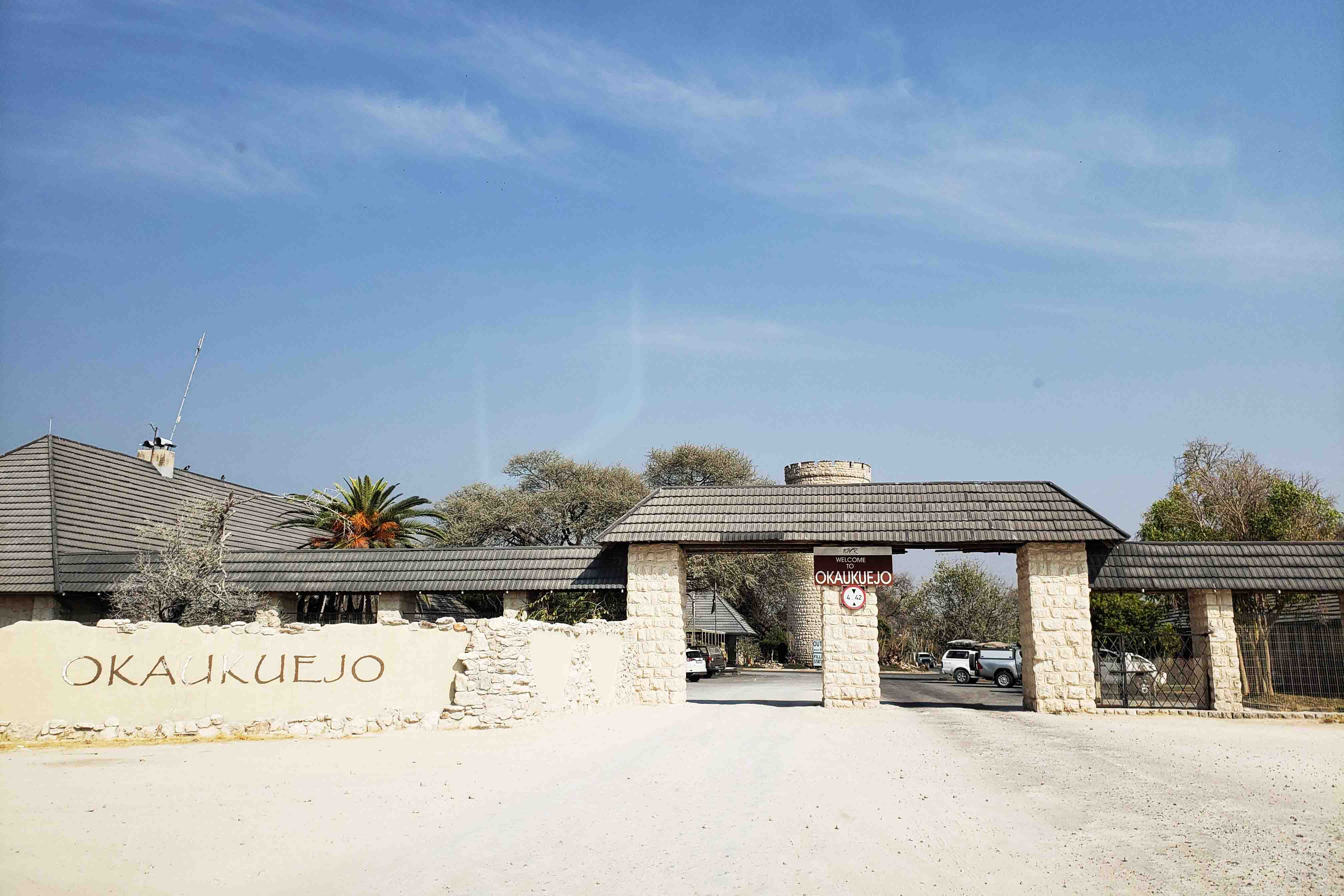What will I experience?
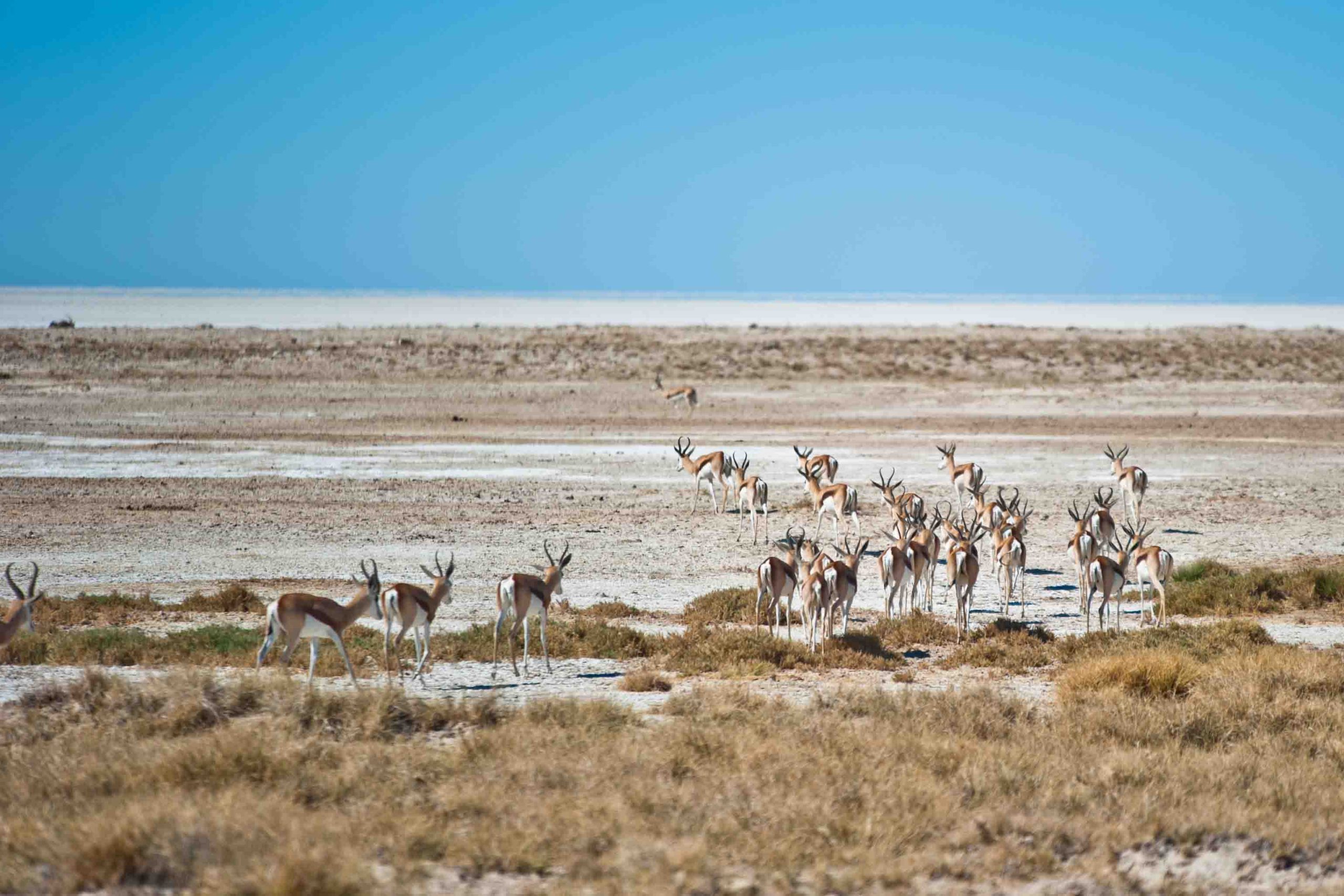
As the sun rises to its pinnacle above the sprawling salt pans, bringing with it high, energy-sapping temperatures, animals of every description gather around a waterhole to drink, an unspoken truce
for survival. Herds of zebra, springbok and elephant delight in the cool waters, while a pride of lion lie in the shade of a nearby shrub, too hot to engage in the exertion of a hunt. They will have to wait patiently for the cool relief of evening to begin their chase for food.
As the moon rises, the sun beats its retreat and takes with it the comfort and protection offered by its warm rays. The large herds begin to move, heading away from the waterholes to open areas where they can feed in relative safety. Unbeknown to them, the lazy lions, energised by the cool air of dusk have tracked their course.
Read More
Lying in wait they eye out a group of zebra that have strayed from the herd. Too far, the lead lioness makes her move, careful not to alert her unwitting prey she circles, cutting them off from the safety of the herd.
One of the zebra senses trouble and barks a warning, but it’s too late, the lioness is moving towards them, they run, desperate to escape her advances. The trap is set, the rest of the pride spring from their cover to cut off the zebras’ escape. They turn, and in an instant the lead lioness is upon them, she has picked her mark, an older zebra slower by moments, she seizes her chance and leaps, claws and teeth bared she is joined by her sisters.
In an instant it is over, quiet falls once again and the zebra herd, less one, continues its retreat into the grasslands. Until tomorrow when they will resume their unlikely truce and drink alongside the lions once again.
Tell me more
Etosha National Park spans an area of 22 270 square kilometres (8 600 square miles) and is named for the Etosha pan which makes up about 23 percent of the park’s total area, the pan is so large that it can be seen from space.
Located in the Kunene region of North West Namibia, Etosha National Park is home to hundreds of species of birds and mammals, including a number of threatened and endangered species, as well as four of the Big Five, rhino, elephant, lion and leopard. The abundance of wildlife that congregates around the numerous waterholes all but guarantees unforgettable game sightings. Etosha National Park also offers unique night time game viewing experiences at its floodlit waterholes. The wide open grasslands, salt pan, camel thorn trees and Mopani trees of the park offer a strong contrast from the arid surrounds of the Namib Desert. The park is one of the most accessible game reserves in Southern Africa, and can even be reached by sedan type vehicles. Namibia is one of the
only countries that allow animals to roam free, largely unrestricted by human interference, this greatly adds to the experience offered by Etosha National Park.
When should I go?
The best time to visit Etosha National Park is during the dry season, from July until October, during this time animals tend to gather near the few water sources that are still available. This leads to the best game viewing opportunities. The weather is usually good during these months with warm days and cooler nights. Temperatures can get very hot in October and the dry air can result in dust and
haze before the rains arrive. During the wet season, which runs from November until April, rain offers some relief from the high
temperatures and results in clear skies and attractive landscapes. This is also the best time for bird viewing in the park as there are a number of migratory birds present. Although wildlife is quite dispersed during the wet season, which can make viewing difficult, there is an opportunity to see a number of baby animals.
Gallery
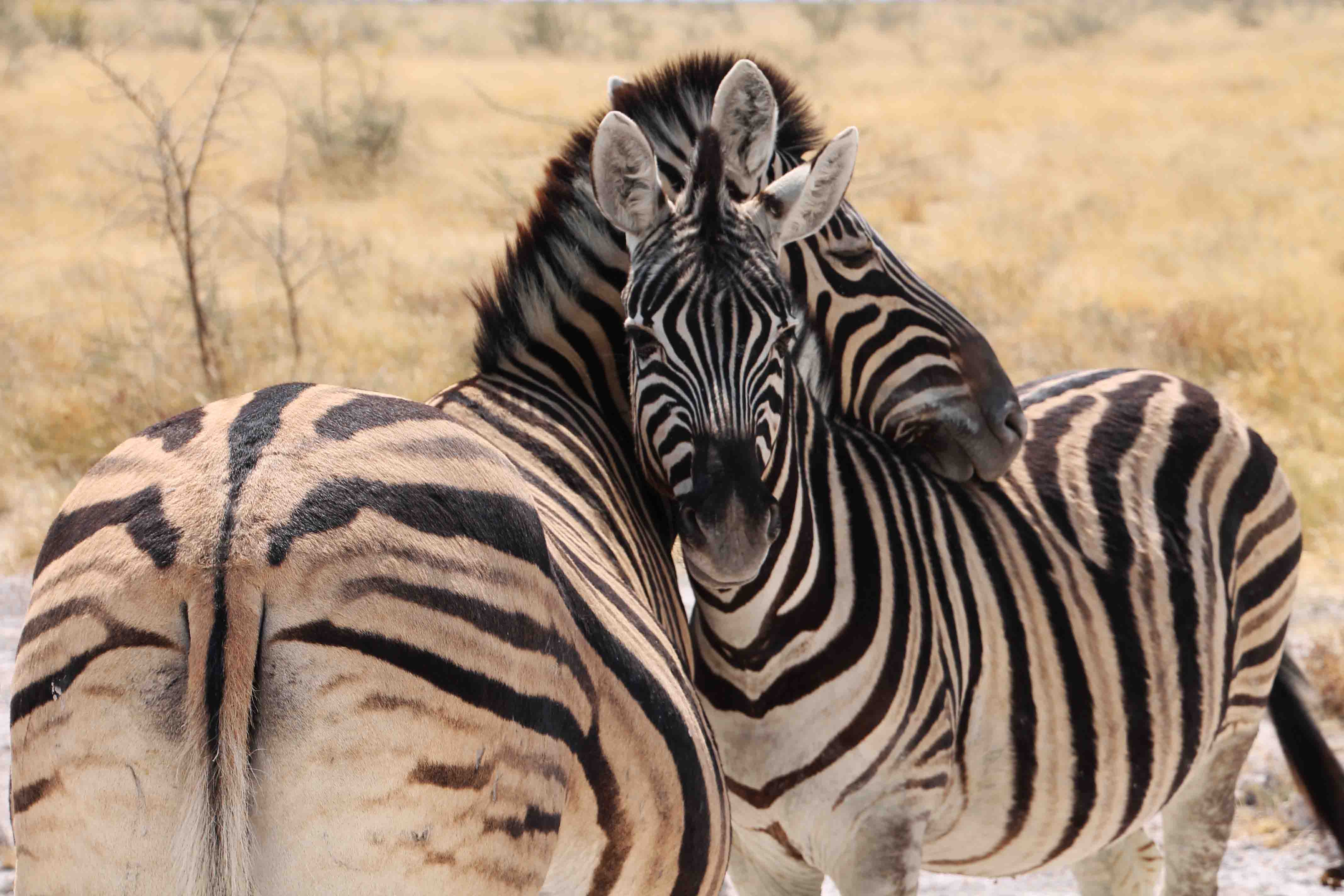
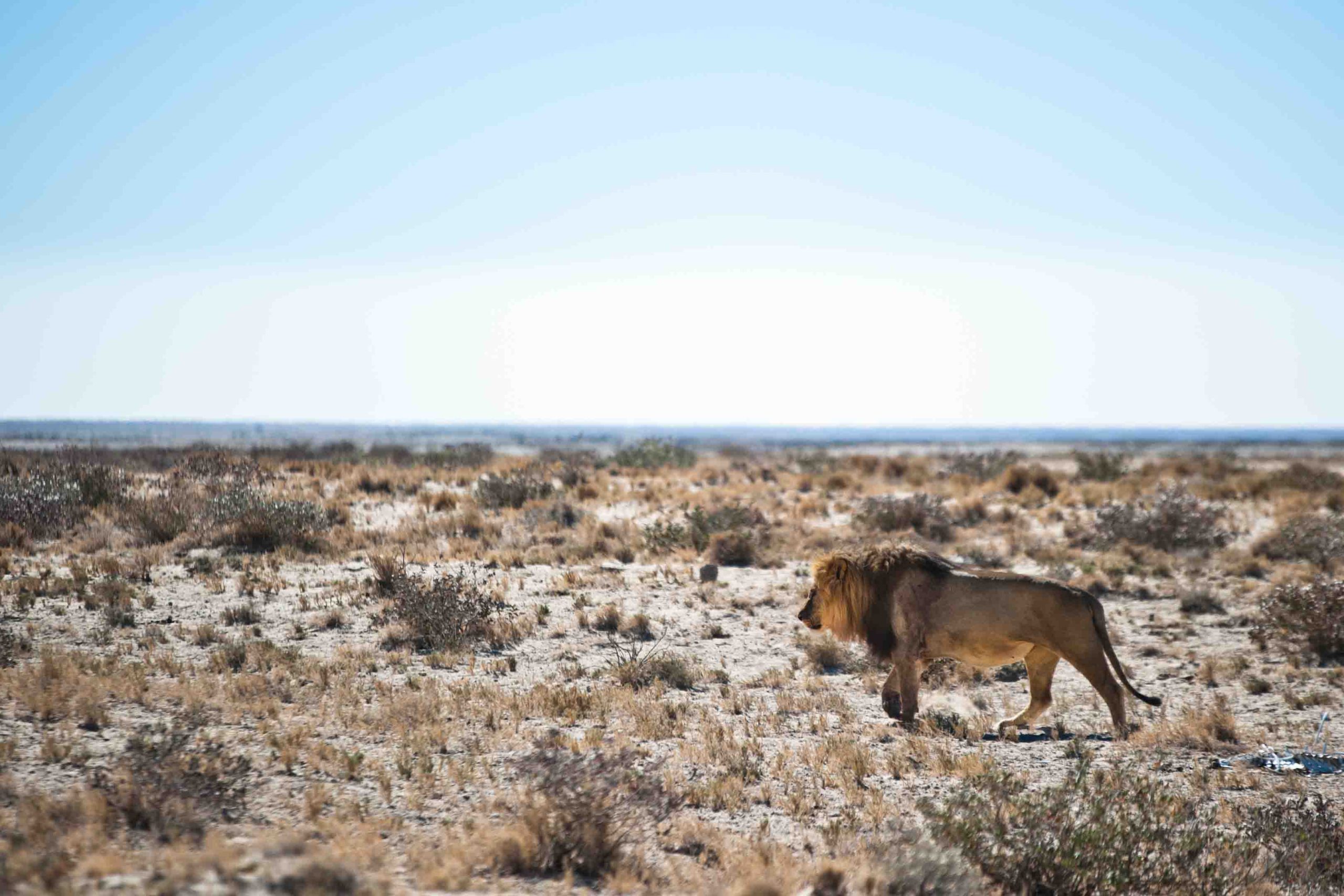
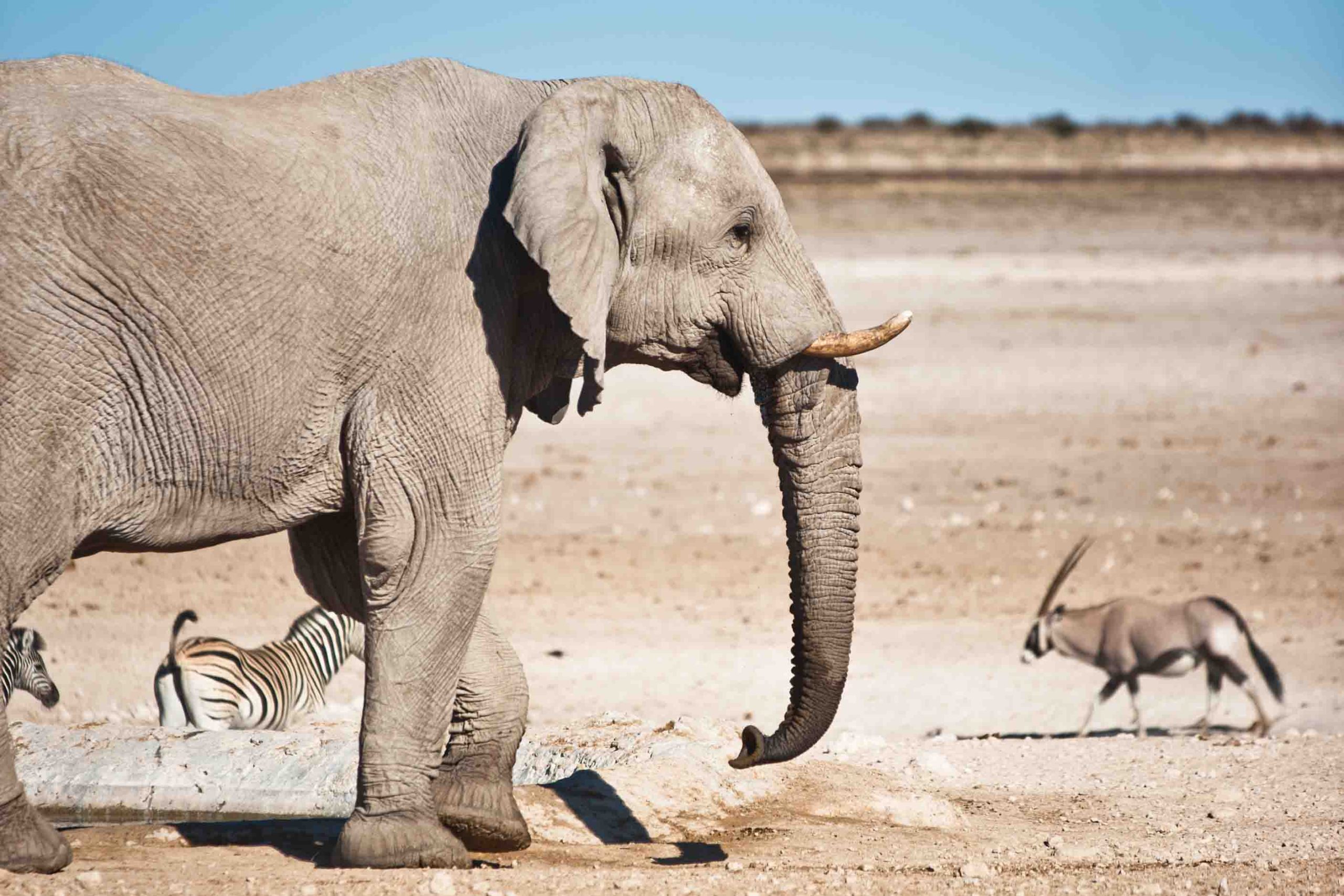
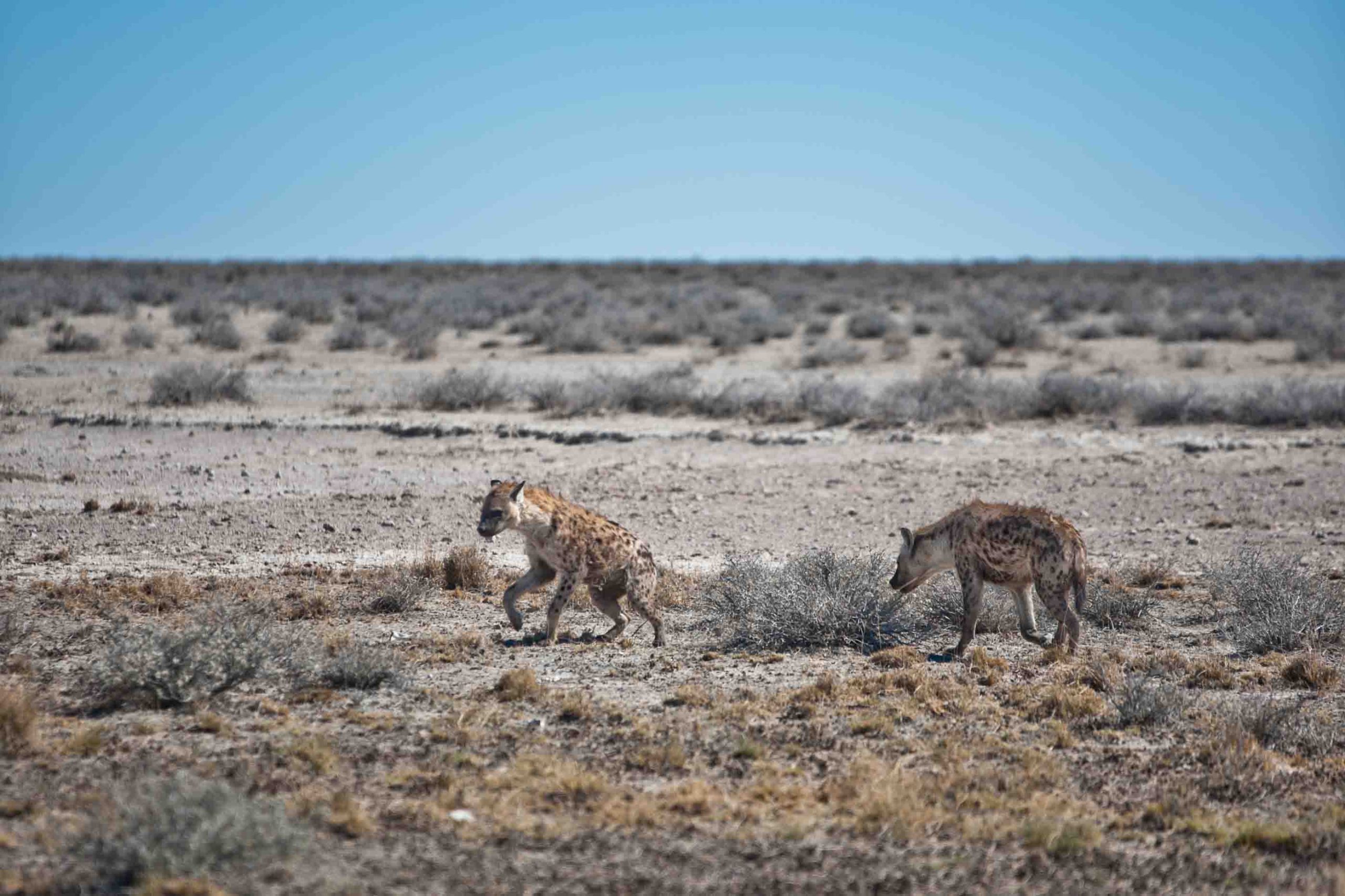
CAMPS
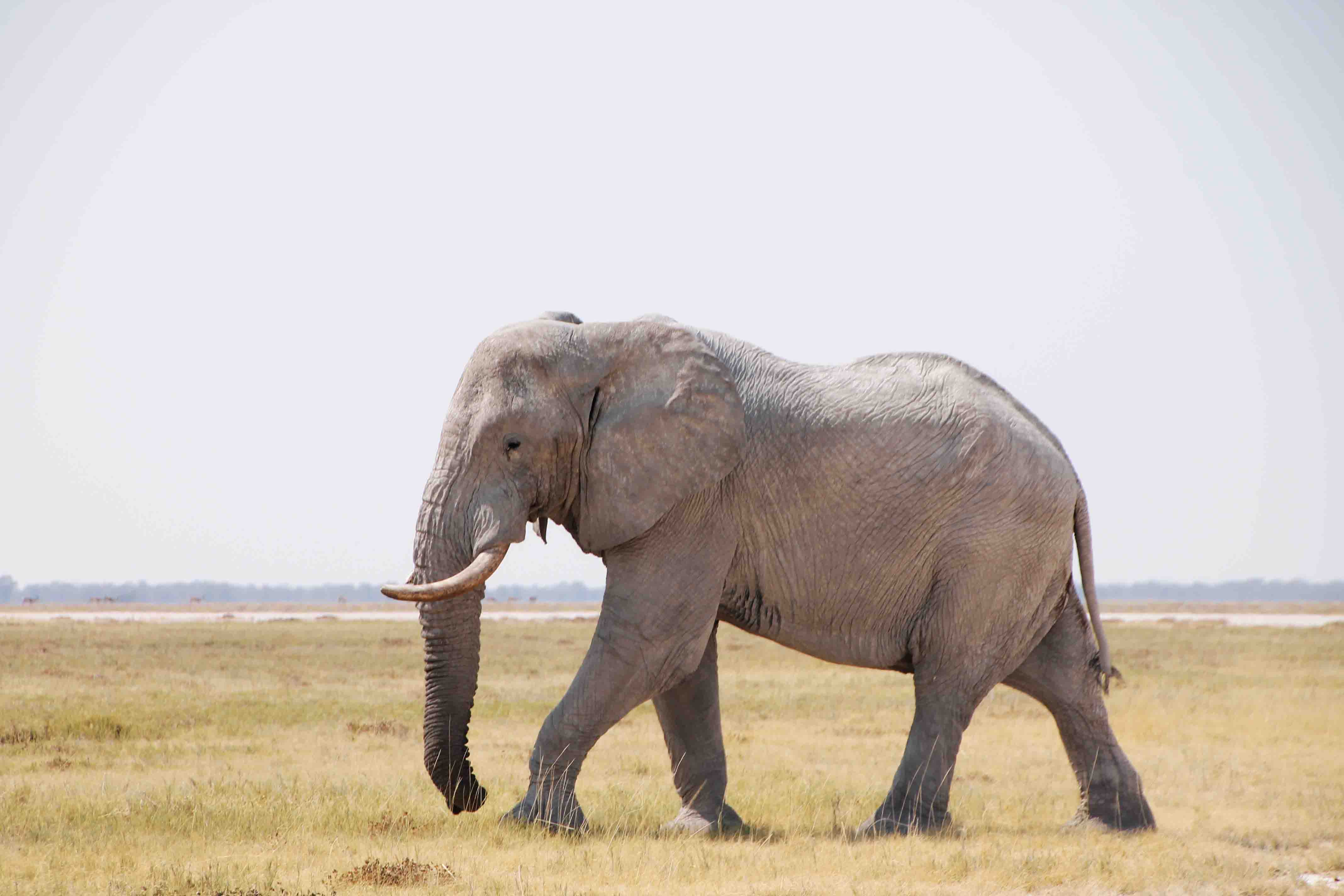
Dolomite Camp
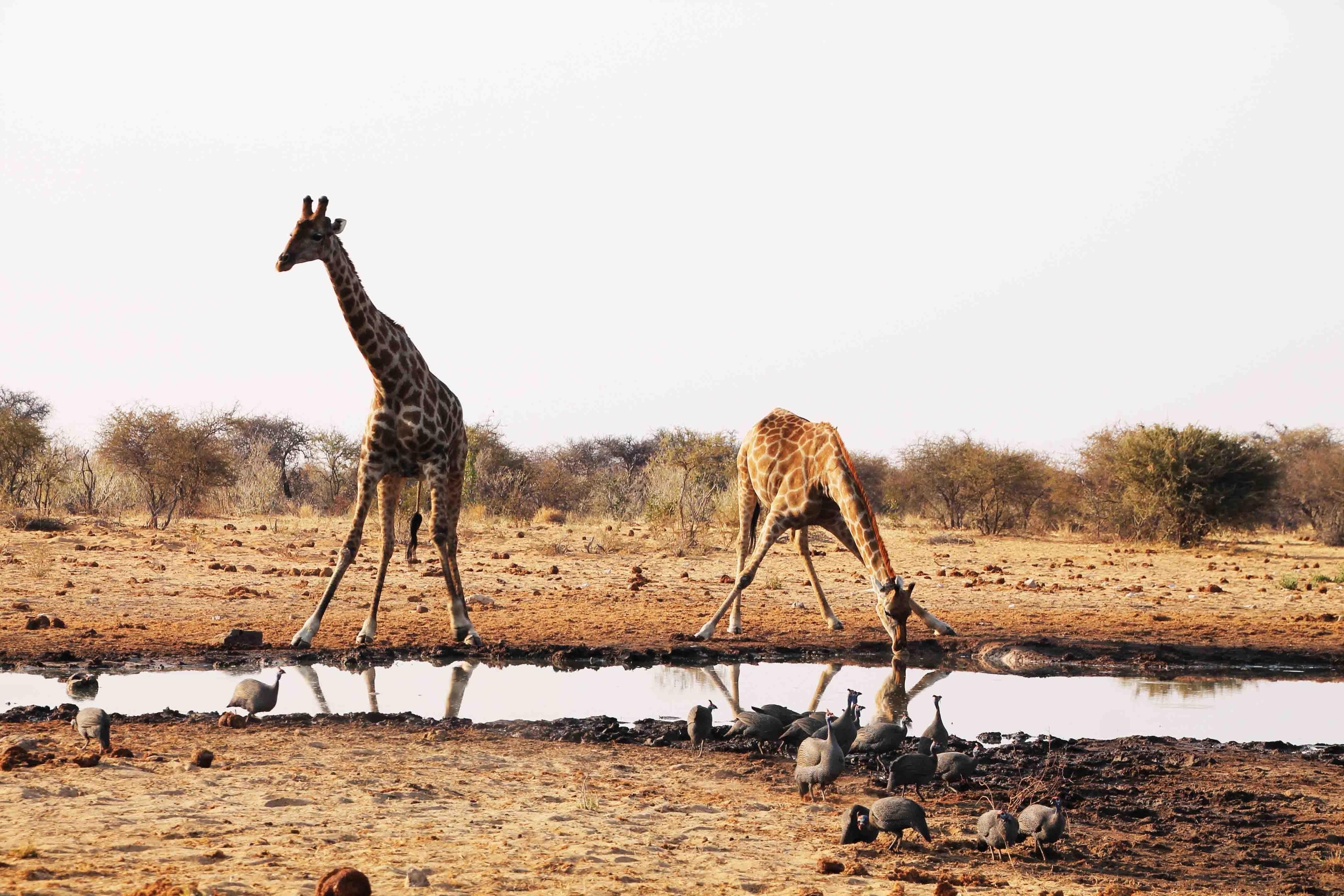
Onkoshi Camp
